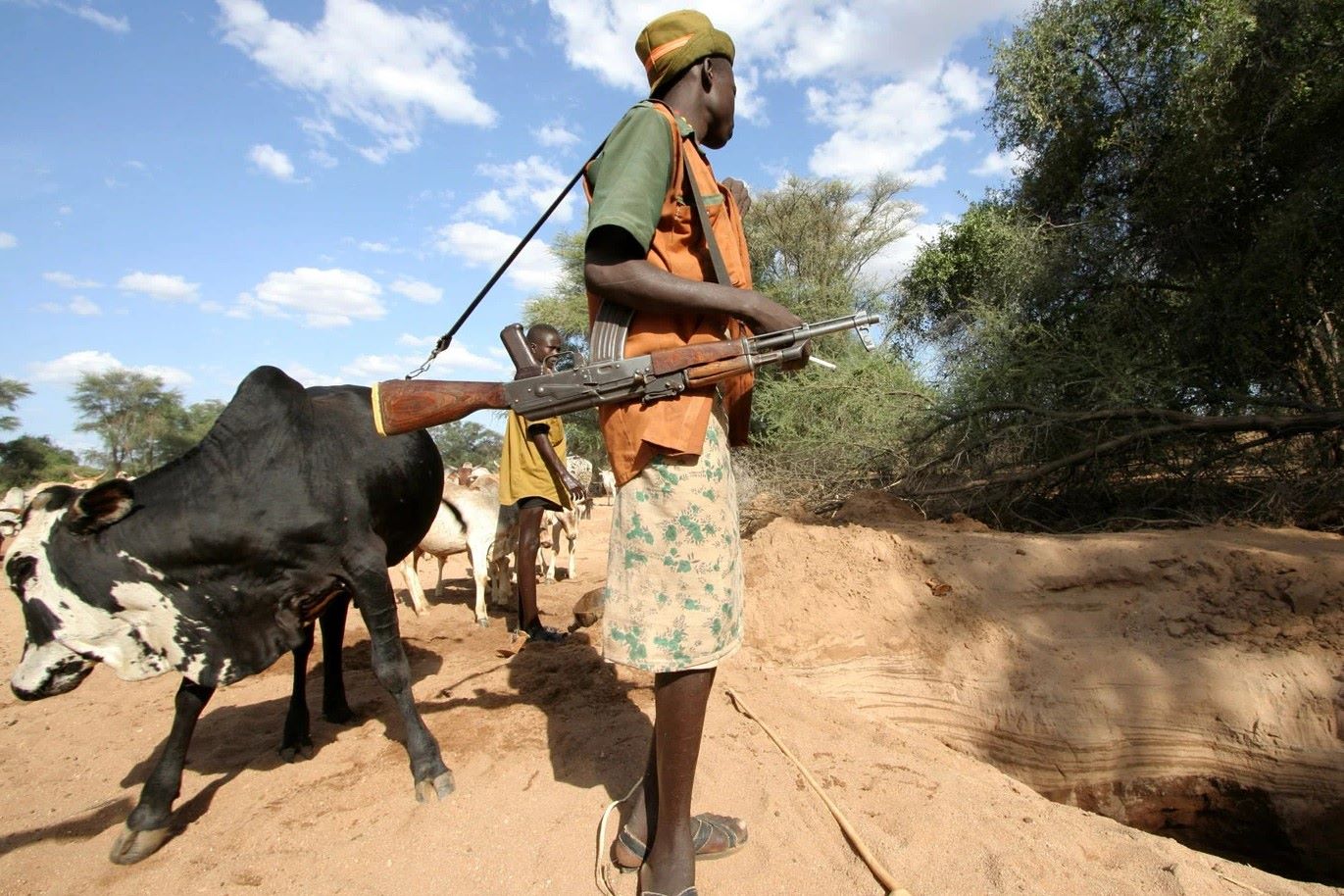
Baragoi Clashes have left a significant mark on Kenya's history. These violent confrontations between the Turkana and Samburu communities have roots in cattle rustling, land disputes, and political tensions. Understanding the causes and consequences of these clashes is crucial for grasping the region's complex dynamics. From the devastating loss of lives to the displacement of families, the impact is profound. Why do these conflicts persist despite numerous peace efforts? What role do cultural practices and external influences play? This blog post will delve into 30 key facts about the Baragoi Clashes, shedding light on the underlying issues and potential solutions.
Key Takeaways:
- The Baragoi Clashes are violent conflicts in Kenya fueled by competition for resources. Historical grievances, government interventions, and scarcity of natural resources contribute to the ongoing clashes, impacting local communities.
- Efforts to resolve the Baragoi Clashes involve government, NGOs, and community-led initiatives. Addressing root causes, improving governance, and international support are crucial for sustainable peace in the region.
What Are the Baragoi Clashes?
The Baragoi Clashes refer to a series of violent conflicts in Baragoi, a town in Kenya's Samburu County. These clashes often involve local communities, primarily the Turkana and Samburu, fighting over resources like water and grazing land.
- Baragoi is located in northern Kenya, a region known for its arid climate and scarce resources.
- The Turkana and Samburu communities have a long history of rivalry, often exacerbated by competition for limited resources.
- These clashes have resulted in significant loss of life and property over the years.
- The conflicts are often fueled by cattle rustling, a practice where livestock is stolen from one community by another.
- Government intervention has been sporadic, often failing to provide long-term solutions to the underlying issues.
Historical Background of the Clashes
Understanding the historical context can shed light on why these conflicts persist. The roots of these clashes run deep, influenced by a variety of factors.
- The Turkana and Samburu have been in conflict for decades, if not centuries.
- Colonial-era policies disrupted traditional grazing patterns, intensifying competition for resources.
- Post-independence, the Kenyan government struggled to integrate these communities into the national framework.
- Historical grievances and mistrust between the communities make reconciliation efforts challenging.
- Traditional conflict resolution mechanisms have been weakened over time, making modern interventions less effective.
Impact on Local Communities
The Baragoi Clashes have far-reaching consequences for the local population. These impacts are both immediate and long-term, affecting various aspects of life.
- Many families have been displaced, forced to leave their homes in search of safety.
- Schools in the region often close during periods of intense conflict, disrupting education.
- Healthcare services become inaccessible, worsening the health conditions of the affected communities.
- Economic activities, such as farming and trading, are severely hampered.
- Psychological trauma is widespread, affecting both children and adults.
Government and NGO Interventions
Efforts to resolve the Baragoi Clashes have involved both government and non-governmental organizations. These interventions aim to bring peace and stability to the region.
- The Kenyan government has deployed security forces to the area during peak conflict periods.
- Peacebuilding initiatives have been launched, focusing on dialogue between the warring communities.
- NGOs have provided humanitarian aid, including food, water, and medical supplies.
- Some organizations have introduced livelihood programs to reduce dependency on cattle rustling.
- Despite these efforts, sustainable peace remains elusive, requiring more comprehensive strategies.
Role of Natural Resources
Natural resources play a significant role in fueling the Baragoi Clashes. The scarcity of these resources often leads to heightened tensions.
- Water sources are limited, making them a critical point of contention.
- Grazing land is scarce, especially during droughts, leading to frequent disputes.
- The region's arid climate exacerbates the competition for these already limited resources.
- Efforts to develop alternative water sources have been met with mixed success.
- Climate change is expected to worsen the situation, increasing the frequency and intensity of conflicts.
Future Prospects for Peace
Looking ahead, various factors could influence the future of the Baragoi Clashes. Understanding these factors can help in formulating effective peace strategies.
- Improved governance and stronger institutions could help manage conflicts more effectively.
- Investment in infrastructure, such as roads and schools, could foster economic development and reduce tensions.
- Community-led peace initiatives have shown promise and could be scaled up.
- International support and funding can play a crucial role in sustaining peace efforts.
- Addressing the root causes of the conflict, such as resource scarcity and historical grievances, is essential for long-term peace.
Reflecting on Baragoi Clashes
Baragoi clashes have left a significant mark on the region's history. These conflicts, driven by cattle rustling, ethnic tensions, and resource scarcity, have caused immense suffering. Understanding the root causes is crucial for finding lasting solutions. Efforts by government and non-governmental organizations aim to bring peace, but challenges remain.
The resilience of Baragoi's people is remarkable. Despite the hardships, they continue to strive for a better future. Education, dialogue, and community engagement are key to breaking the cycle of violence.
By learning from past mistakes and fostering cooperation, there's hope for a peaceful Baragoi. The journey won't be easy, but with determination and unity, positive change is possible. Let's support initiatives that promote peace and development in Baragoi, ensuring a brighter future for its residents.
Frequently Asked Questions
Was this page helpful?
Our commitment to delivering trustworthy and engaging content is at the heart of what we do. Each fact on our site is contributed by real users like you, bringing a wealth of diverse insights and information. To ensure the highest standards of accuracy and reliability, our dedicated editors meticulously review each submission. This process guarantees that the facts we share are not only fascinating but also credible. Trust in our commitment to quality and authenticity as you explore and learn with us.
